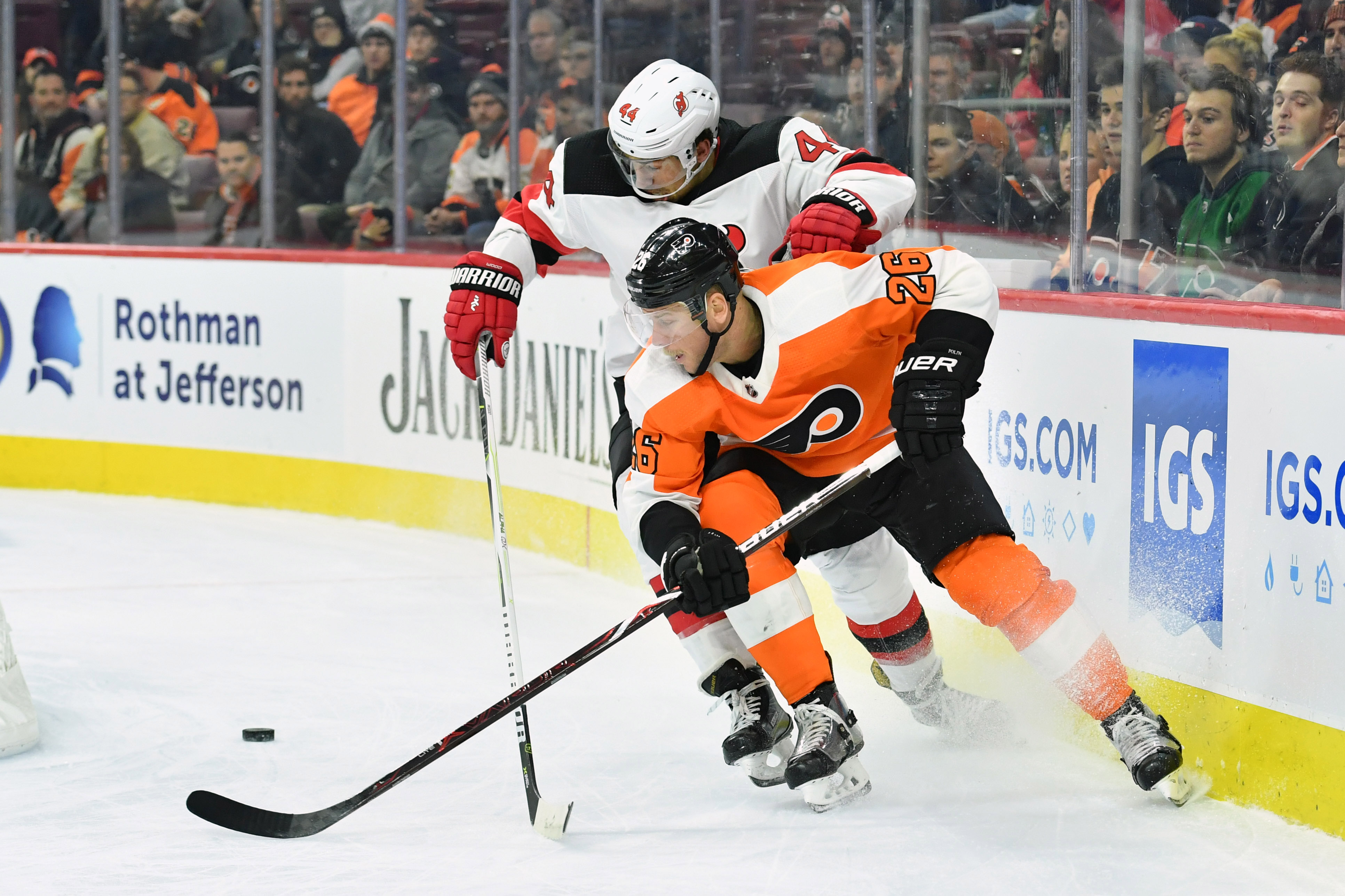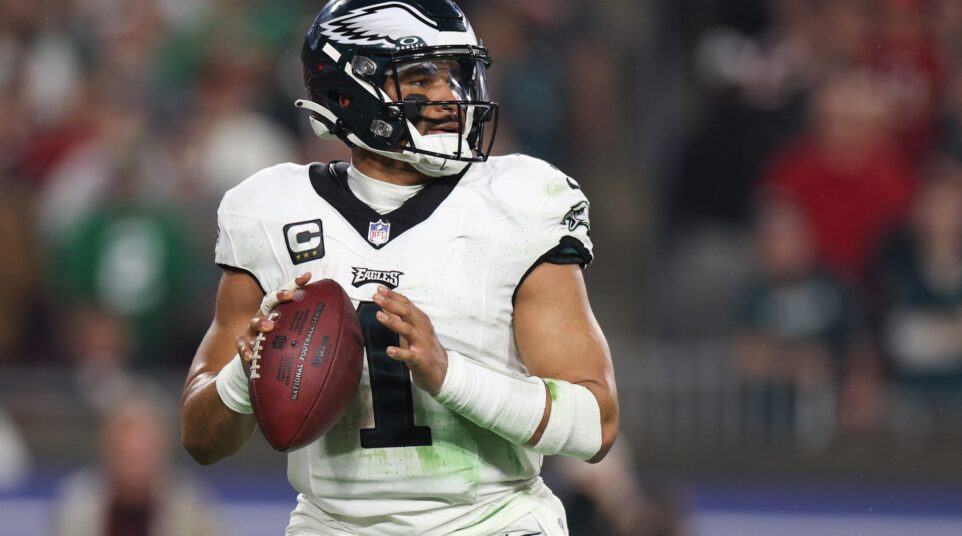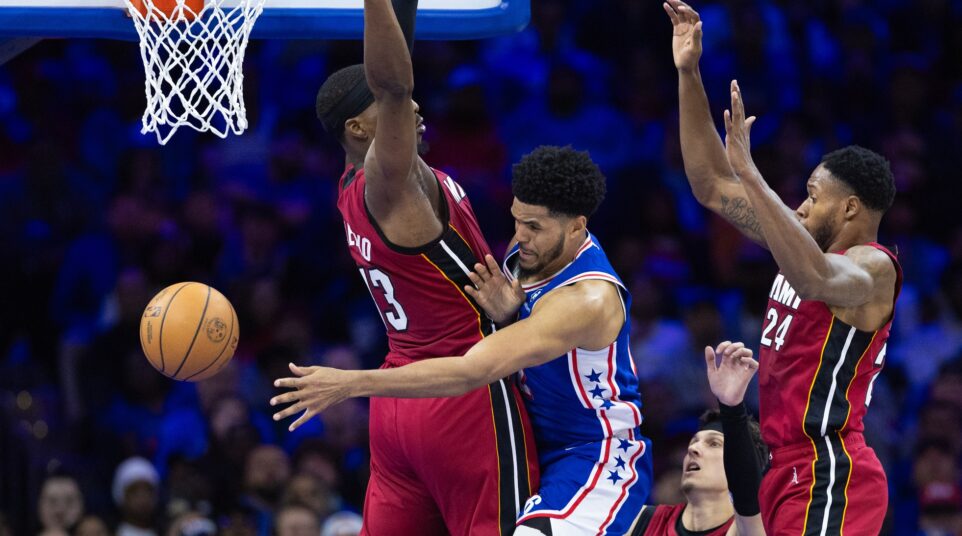
Flyers Attendance: Is it as Bad as it Seems, or are we Missing Something?
If you’ve been down to the Wells Fargo Center for a Flyers game this season, or if you have a discerning eye when watching or streaming the game, you may have noticed more empty seats than usual for Flyers hockey.
Of course, it depends these days on game time, which troubles me personally, because I don’t know when Philadelphia crowds became the late-arriving, early-leaving type, but the fact still remains that hundred of seats go unused every game.
There have been a lot of people putting photos out of Flyers games where attendance has looked bad. I’ve been guilty of this myself once:
This is what hockey arenas look like in New Jersey, Brooklyn, Phoenix and Florida. NOT Philadelphia. And yet… #EmptySeatsEverywhere pic.twitter.com/BPUb5hfvkG
— Anthony SanFilippo (@AntSanPhilly) November 28, 2018
And to be fair. this was taken early in the game. The place did fill up some after I took this photo, but it was a Tuesday night, and it was against Ottawa, so it didn’t get that much more full.
Still, there are more empty seats at games now than ever before. Even during 2006-07, which many agree was the worst season in Flyers franchise history, the attendance was, on average, about 100 people more than it has been so far this season.
And there is no doubt, that if this trend continues through the second half of the season, that that Flyers will experience the smallest average attendance in the history of the Wells Fargo Center.
That’s not good. But it also needs to be examined relatively.
In other words, how has the secondary market impacted attendance? How many tickets are actually out (attendance figure) compared with how many tickets are actually being used (people physically in the building, or drop count)?
The secondary market is the big thing. This didn’t exist in 2006-07 in the way it does today. Sure, ticket agencies and scalpers still had tickets to sell, but there weren’t partnerships with teams like there are today. The ease of purchasing tickets in the digital marketplace didn’t exist like it does today. And fans are much more patient and discerning with their ticket purchases now than they ever were before.
It used to be if you wanted tickets, you bought them, because you didn’t know how many were available, or for how long they’d be available, so you just crossed your fingers and made the purchase and hoped you got a good deal.
Now, you can see how many seats are out there. You can wait and hope the price changes and becomes a number you find palatable. And if not, no biggie, you try again next time.
It’s definitely a culture shift in consumerism. And teams are trying to combat that all over professional sports.
The Flyers are no different. They do studies constantly. And not just of their fans and their demographics, but they study brokers too. They want to make sure their inventory is being sold appropriately and that fans have access to tickets at fair market prices.
A lot of teams have tried different approaches, none more aggressive than the Los Angeles Dodgers, who have entered a revenue-sharing agreement with one broker on all unsold season tickets where the broker has complete control of inventory and sets the prices and then splits the revenue with the team.
Of course, that led to some World Series tickets selling for as low as $22 in October, and that definitely is not what the team wanted to see when they entered that partnership, so maybe the parameters there should be revisited.
Meanwhile, the Flyers have strategically sold tickets to brokers over the years with the notion that adding more brokers gave fans more access to tickets and helped build the atmosphere in the arena. It was a pretty successful plan.
But over the last two years, they started to notice a decrease in attendance. Part of that has been an average and often uninteresting on-ice product, but part of that has also had to do with the secondary market.
Never was it as bad as the playoffs against Pittsburgh last season when entire chunks of seats in sections around the stadium – including the lower bowl were empty.
“We learned from our mistake with that one,” Flyers Executive Vice President and Chief Operating Officer Shawn Tilger told me at the end of November.
He said the team pulled back 500 tickets per game this season from brokers, which they knew would impact actual attendance figures and drop counts but was done to ensure season ticket holders could get value for their tickets on resale on the secondary market, something that was getting washed out by an abundance of broker supply.
In addition, Tilger added that the Flyers are no longer selling tickets in bunches of seats in the same sections to brokers. Instead, they are spreading them around throughout the arena, so those clumps of empty seats don’t present a poor visual, even if the seats were already sold.
On the whole, not including comps, ticket sales this year are down about 400 per game from last season, but when you factor in the pull back of the 500 tickets from brokers, it’s actually not a decrease in paid attendance.
Where there is a difference so far is in the drop counts. The Flyers are seeing about a 2% overall dip in people actually walking through the doors of the Wells Fargo Center compared to last season.
That drop was significantly impacted by the game against the New York Islanders in November that occurred during a surprise snow storm. Only 62% of the tickets out for that game actually showed up.
If you take that game out, the drop count from last season to this season so far is pretty much the same.
However, pulling it back a little further, there has been a decrease in the drop count of about five percent over the past two seasons, which is roughly 700 tickets on average, and yes, includes the pullback of those 500 tickets, which Tilger described to me as a “self-inflicted wound.”
“This was done to stop brokers from putting seats out that were too cheap to hurt season ticket holders who were trying to resell their tickets,” he said.
The average price of a Flyers ticket on Stub Hub is down about $7 this year from last year, meaning the supply is slightly ahead of the demand, but that’s not a drastic downturn. And cheaper tickets (Mezzanine) are selling better than the lower bowl, club boxes and suites, which is to be expected, as the average ticket price sold for Flyers games this year is down about $12 – indicating that fans are in fact looking for a bargain when going to the game.
“As the team goes, the attendance goes,” Tilger said. “I’m very confident that when we get going again, the fans will be back, but at the same time I’m sure there are other clubs who would love to be in the position we are in, even though we are in a little bit of a dip.”
And that is true. The Flyers still rank fourth in average attendance in the NHL, and that’s even after removing 300-odd seats from the Mezzanine level as part of the first phase of the building’s makeover last summer.
Only the traditionally strong hockey markets of Chicago, Montreal and Toronto are currently seeing a better attendance figure than the Flyers this season.
And it’s not like the Flyers are the only team in town with drop counts that are higher than they used to be. The Phillies spent much of the season in first place and still had meager crowds show up, even though their announced attendance figures were much higher. And despite their current popularity the Sixers still struggle to get all of their tickets back into the building in games that aren’t considered marquee.
Their home game against the Knicks at the end of November had a drop count of 16%, according to a source at the Wells Fargo Center. That means that one out of roughly every six tickets out (paid and comps) didn’t bother to show up.
Tilger and his staff have been very active in trying to reverse the trend of this small dip, even surveying the fans in the offseason and trying to accommodate a different generation of consumer that exists today.
It’s why all but one Saturday home game is slated to start at 1PM. It’s why Gritty was created – to appeal to a more casual fan with children.
But they also want to be cautious not to overreact to something that could well be cyclical.
“Until we can get a real apples to apples comparison, [From a full season of games, and not just two months-worth] it’s knee-jerk to make too many changes,” Tilger said. “We should sit down again in two months, and we’ll really be able to see what’s going on with our attendance.”
Deal Shawn. Talk to you in February.





